Entry Category: Clark
De Gray (Clark County)
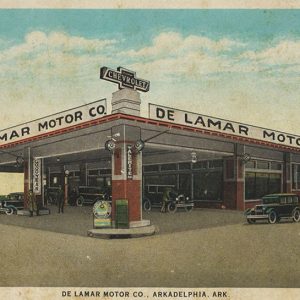 De Lamar Motor Company
De Lamar Motor Company
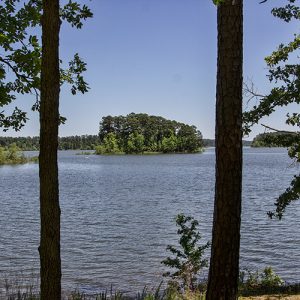 DeGray Lake
DeGray Lake
Dobyville (Clark County)
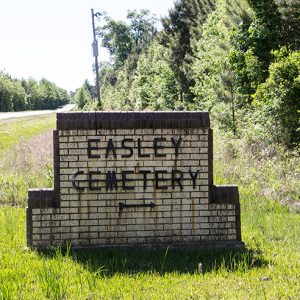 Easley Cemetery
Easley Cemetery
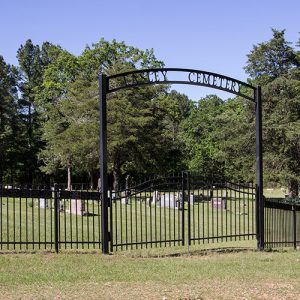 Easley Cemetery
Easley Cemetery
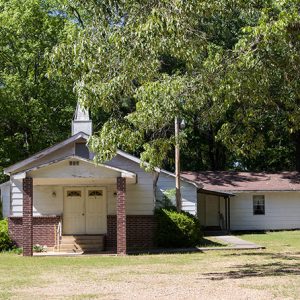 East Whelen Baptist Church
East Whelen Baptist Church
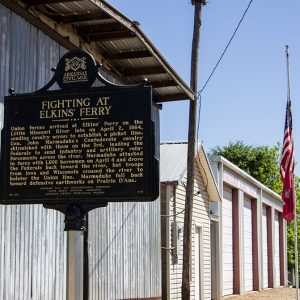 Elkin's (or Elkins') Ferry Sign
Elkin's (or Elkins') Ferry Sign
Elm (Clark County)
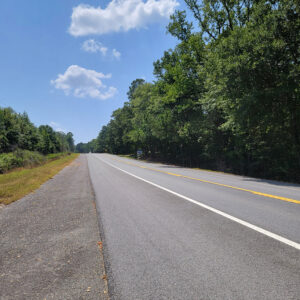 Entering Caddo Valley
Entering Caddo Valley
Fendley (Clark County)
 Fendley Nursery
Fendley Nursery
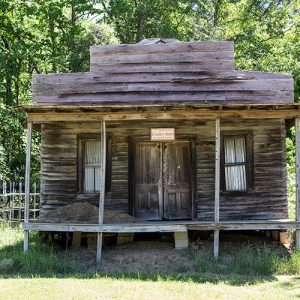 Fendley Store
Fendley Store
Graysonia (Clark County)
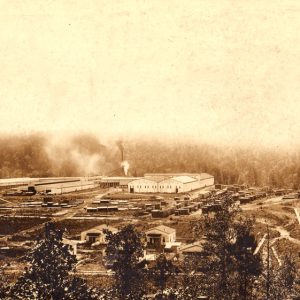 Graysonia Timber Mill
Graysonia Timber Mill
Greenville (Clark County)
Gum Springs (Clark County)
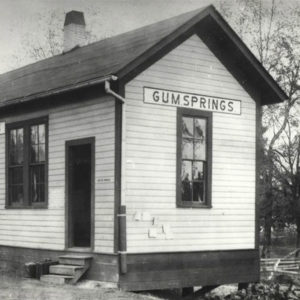 Gum Springs Depot
Gum Springs Depot
Gurdon (Clark County)
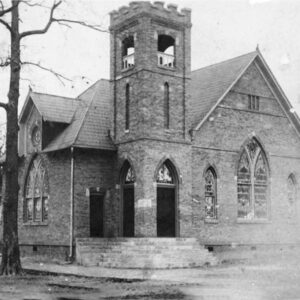 Gurdon Church
Gurdon Church
Halfway (Clark County)
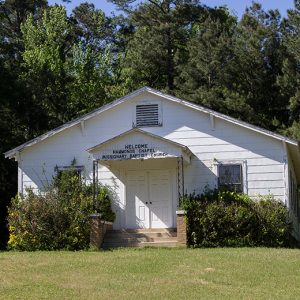 Hammonds Missionary Baptist Church
Hammonds Missionary Baptist Church
Haretown (Clark County)
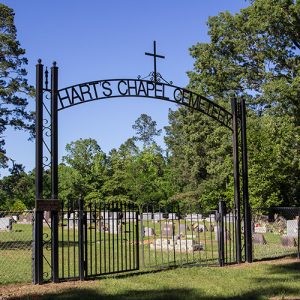 Hart's Chapel Cemetery
Hart's Chapel Cemetery
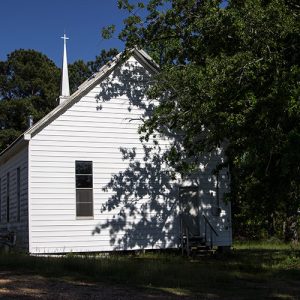 Hart’s Chapel Methodist Church
Hart’s Chapel Methodist Church
Hearn (Clark County)
Hebron (Clark County)
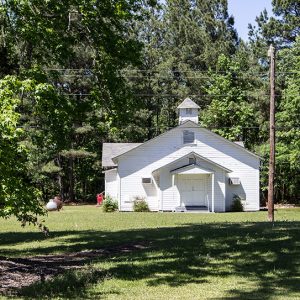 Holly Grove Baptist Church
Holly Grove Baptist Church
 Holly Grove Cemetery
Holly Grove Cemetery
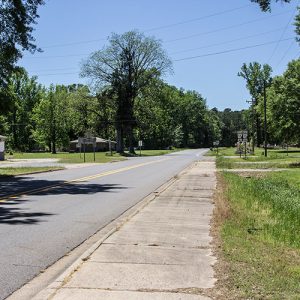 Hollywood
Hollywood
Hollywood (Clark County)
 Hollywood Fire Dept.
Hollywood Fire Dept.
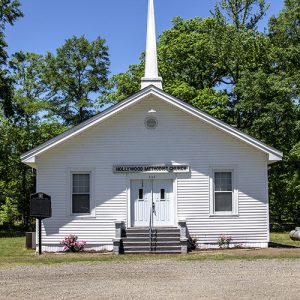 Hollywood Methodist Church
Hollywood Methodist Church
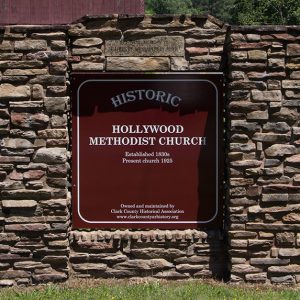 Hollywood Methodist Church Sign
Hollywood Methodist Church Sign
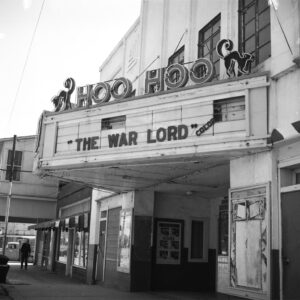 Hoo Hoo Theater
Hoo Hoo Theater
Joan (Clark County)
aka: Bethlehem (Clark County)
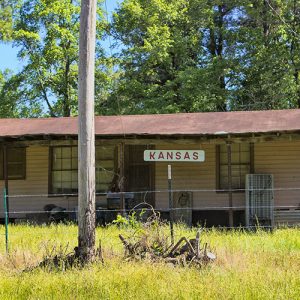 Kansas
Kansas
Kansas (Clark County)
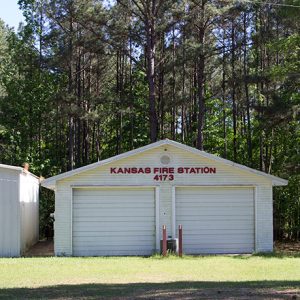 Kansas Fire Dept.
Kansas Fire Dept.
Keyton (Clark County)
Lenox (Clark County)
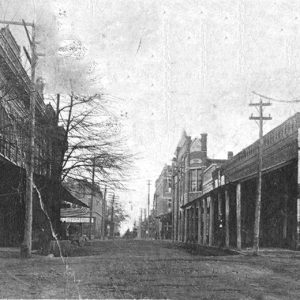 Maddox Street
Maddox Street
Midway (Clark County)
Native (Clark County)
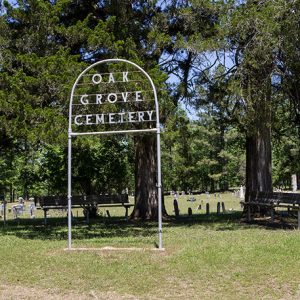 Oak Grove Cemetery
Oak Grove Cemetery
 Oak Grove Church
Oak Grove Church
Oak Grove[s] (Clark County)
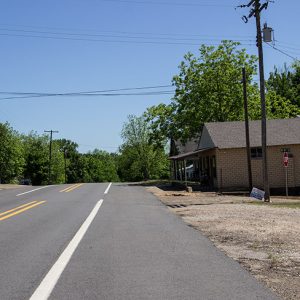 Okolona
Okolona




